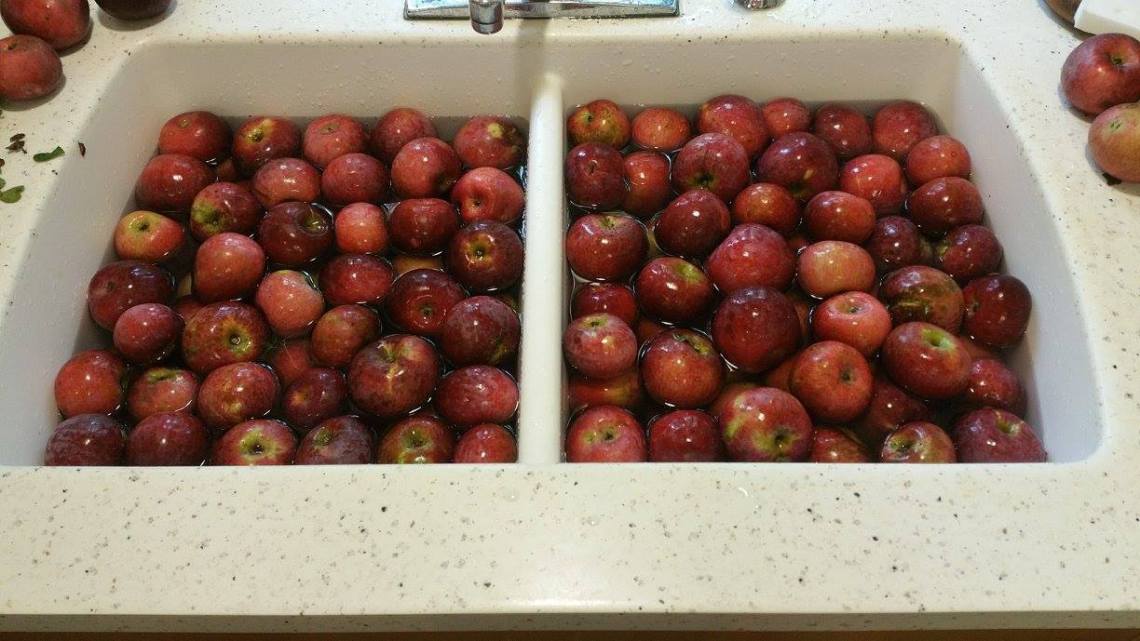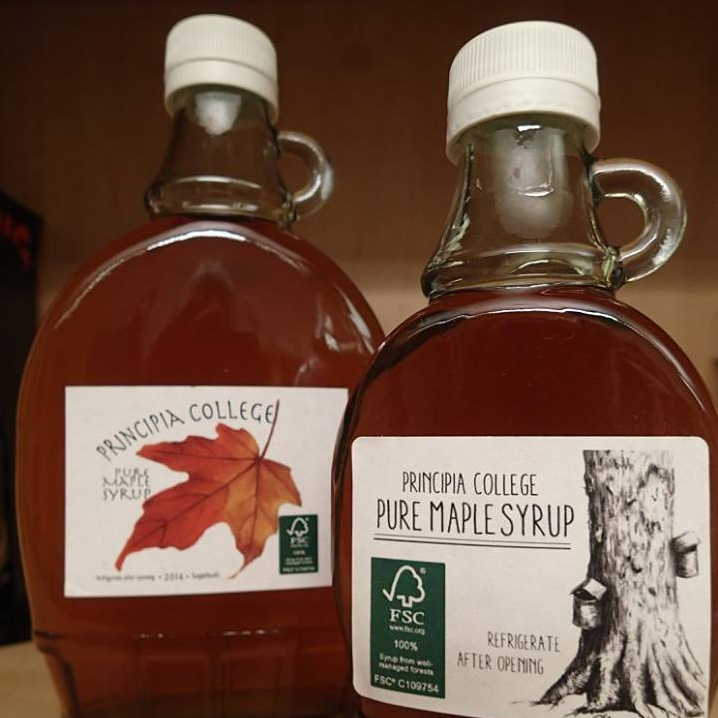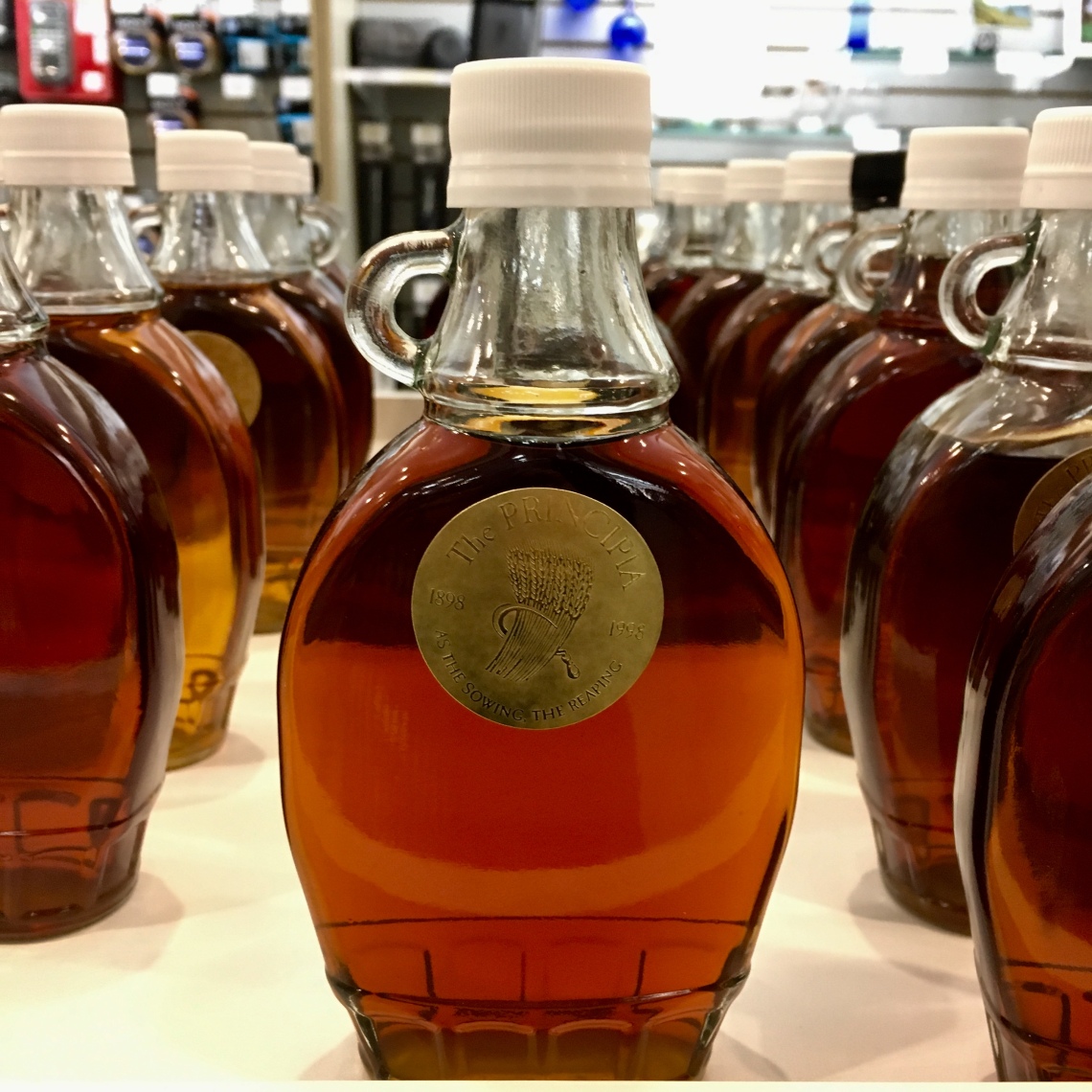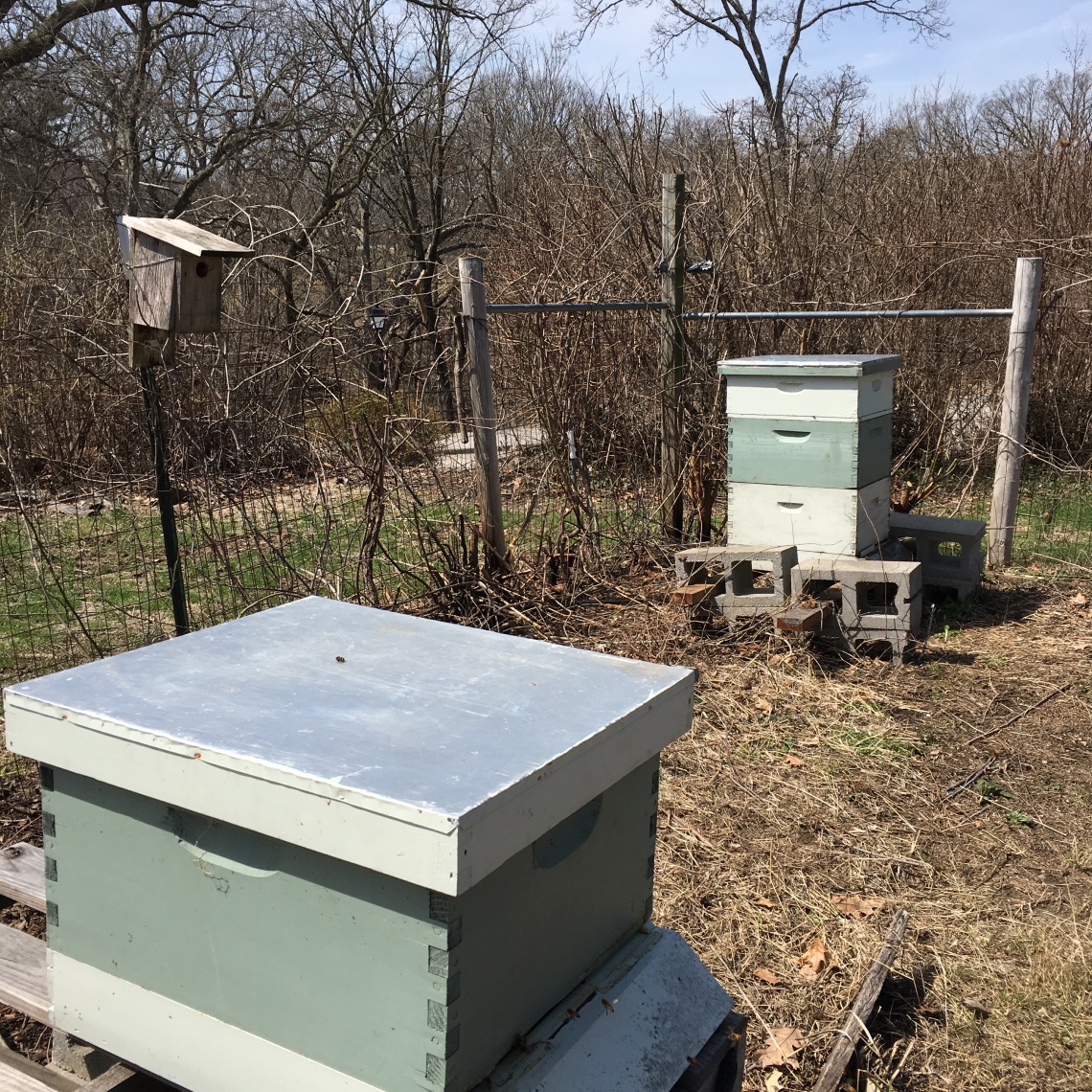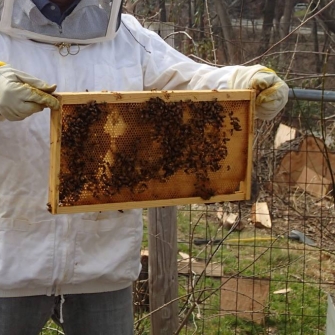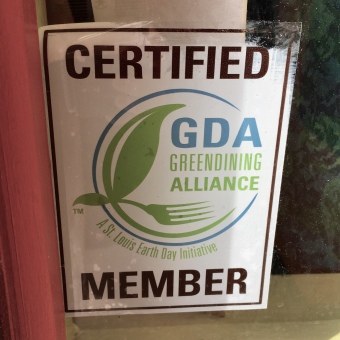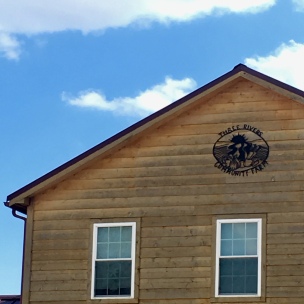By Jolee Keplinger |August 12, 2020
Principia Center for Sustainability
Special Projects Officer

Food processing companies are central to the discussion of sustainable food production. The trend of environmental awareness, plus heightened consumer consciousness, has raised the expectations of many consumers. These days, consumers are wanting to purchase foods that are sustainably sourced and produced. Consumers are seeking openness, honesty, and transparency from food companies.
As a result, there has been dramatic growth in the number of food companies reporting on sustainability. This has led many companies to take time to communicate their sustainability philosophies, goals, and practices in a public manner. This has resulted in the publishing of Sustainability Reports (or Corporate Social Responsibility Reports).

On average, food companies have about 4 years of reporting experience.
Evidence for heightened consumer awareness:
In 2018, 59% of consumers surveyed said it was important that the foods they purchased were produced in a sustainable way (Food Technology Magazine).
In 2017, about 7 in 10 consumers reported that they wanted food companies’ sustainability practices to be more visible (The Hartman Group).
An In-Depth Example: Oatly
When attending the Culinary Institute of America’s virtual Menus of Change summit, I learned about an oat beverage (non-dairy “milk”) brand called Oatly. They were first company to put oat beverages on the market! Their mission is to offer nutrient-rich, oat-based products to the wold without building up a resource-intensive dairy infrastructure, and emitting excessive amounts of greenhouse gasses.

Oatly seemed to have a strong awareness and dedication to sustainability. During the session, the host mentioned that they are committed to tracking their efforts and have been publishing sustainability reports. I was curious to learn how this brand was addressing various aspects of sustainability in its operations. After a quick Google search, I was able to access Oatly’s 2018 Sustainability report.
First Impressions.
At first glance, the report was overwhelming! There were 89 pages filled with text and infographics. In terms of graphic design, it was not what I expected. I imagined the average sustainability report to look very scientific, bland, and not very visually appealing. I was not expecting to see an array of complementary colors, an unconventional text font, simple, yet effective graphics, and plenty of professional looking photographs. I could tell that Oatly really took the project seriously, and was catering to a target audience of millennial/Gen-Z open-minded consumers.
I appreciated the sense of humor that was integrated throughout. At the beginning of reading, I was immediately intrigued by the bold nature of the title page. which stated “Sustainability Report 2018: Slightly Worst Than Last Year!“. That made me want to continue reading. Why would a company be so straightforward about their not-so-great findings? I thought it was very transparent right off the bat, and couldn’t wait to learn what happened.
Oatly’s Sustainability Aspirations and Wins + The Triple Bottom Line
People
- Oatly has a goal of equal distribution of women/men in leadership positions and an equal treatment policy. Currently, the board is 100% men, and 67% of men hold leadership positions with staff responsibility.

- Fun fact: This company has three employees that are specifically focused on sustainable operations.
Planet
- When choosing to purchase oat milk rather than cow’s milk, fewer resources are needed, and there is less of a contribution to climate change.
- For example, in 2018, Oatly sold 71,482,745 liters of oat drink worldwide. If you assume that that number would have otherwise been consumed as cow’s milk, then 56,471 tons of greenhouse gasses were reduced! That is the equivalent of traveling around the world 11,778 times in a car!
- Most of their packaging is paper-based, with the exception of plastic cups used for the Creamy Oat Fraiche, oat spreads, and Oatgurt.
- Oatly ties its efforts to the UN’s Sustainable Development Goals.
Profit
- The global increase in plant-based eating has positively affected the company’s growth in all of its markets. This indicates that the interest (and will) to opt for plant-based food is increasing.
- Sustainable growth is a topic that of much debate. Oatly acknowledges the general issue of consumer overconsumption, but highlights the significance of large companies creating positive change. Since Oatly is a larger company, there’s great potential for accomplishing and influencing positive change.
Areas for improvement
- The rapid increase in staff make the establishment of a unified sustainability culture a challenge.
- There has been increased product travel due to globalization.
- In 2016 Oatly set a goal to reduce its GHG emissions by 25% by 2020. From 2015-2017, emissions decreased, but they increased in 2018 due to an unexpected growth spurt for plant-based/vegan food products.
- The long-term goal is to fully produce products using renewable energy and reduce energy consumption. Currently, 87% of their energy use is renewable. Co-packing facilities outside of their home base of Sweden are powered by nonrenewable energy.

- If you are living on Principia College’s campus, you can find the products at the Alton, IL Target. According to the product locator, currently this location carries Oat Frozen Dessert, four types of oatmilk.
- The St. Louis area has many stores that carry Oatly, including Dierbergs, Fresh Thyme, and Target, Whole Foods and even a few coffee shops.
- Before venturing out, I recommend checking the Oatfinder for an updated list of stores near you.
How to Use Oat “Milk”
Oat “milk” is a 1:1 substitute for dairy milk. If you’re interested in venturing into the world of plant-based milks, this variety is an excellent way to start! It’s light, airy, and the texture has been compared to skim milk. It’s a great option for individuals with food allergies or intolerance because it’s free of lactose, nuts, soy, and gluten (if certified). This is highly beneficial for those who are responsible for providing allergen-free food for many people. It’s great for chefs and restaurants that want to offer dairy-free alternative foods and beverages.

Common Uses:
- Lattes and cappuccinos
- Cereal
- Baked goods
- Smoothies
- Drinking alone
Sources

